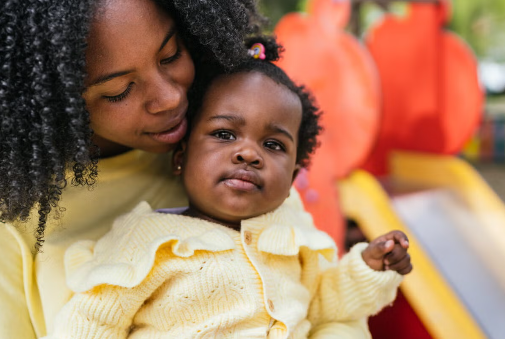The Avon Foundation for Women released a new study on the Black:White disparities in breast cancer mortality in the 50 largest cities in the United States between 2005 and 2014, which was conducted by Sinai Urban Health Institute in collaboration with the Breast Cancer Research Foundation and funded by the Avon Foundation for Women.
This new study is the most comprehensive longitudinal analysis of the direction and magnitude of disparities in breast cancer mortality among Black and White women by city. The study revealed that Black women continue to die from breast cancer at a higher rate than their White counterparts in the United States, and that the Black:White disparity increased across the country as a whole.
“Avon Foundation recognized early on that there was a significant need to understand these racial disparities in order to focus efforts and resources where they are most needed,” said Cheryl Heinonen, President of the Avon Foundation for Women. “As the company for women, Avon puts women at the center of everything we do. This is part of our DNA, our history and our legacy to empower women and improve the quality of life of women. And this requires collaboration at all levels.”
Between 2010 and 2014, the breast cancer mortality rate for Black women was 30.7 deaths per 100,000 women and for White women it was 21.4 deaths per 100,000 women. Nationally, Black women were 43 percent more likely to die from breast cancer than their White counterparts.
For each of the cities examined, the study provided the breast cancer mortality rates for White and Black women, along with a ranking of the cities based on their racial disparities. Atlantaexperienced the largest increase in the Black:White disparity over the study period. However, there was a statistically significant decrease in the disparity in Memphis, Philadelphia, and Boston.

“Examining mortality and disparities data at the city level is imperative in the ongoing challenge to eliminate health disparities and achieve health equity,” said Bijou Hunt, an epidemiologist and co-author of the study at the Sinai Urban Health Institute, who has been spearheading research on disparities in breast cancer mortality rates among African Americans and Hispanics. “These types of data inform local health officials who, given their unique understanding of their respective cities’ available and potential resources, are in ideal positions to develop and implement strategies for improvement.”
More research is needed to understand why this disparity is growing, though causes could include a lack of early detection, late stage diagnosis, and delayed treatment. Overall the study concluded that there is a critical need to increase access to breast cancer screening and treatment services for African American women.
“It was important to note that some individual cities have shown a decreasing disparity and there is much we can learn from those that are doing well,” said Dr. Marc S. Hurlbert of the Breast Cancer Research Foundation, and former Executive Director of the Avon Foundation for Women. “However, the Black:White disparity in breast cancer mortality still exists and needs to be addressed as a public health problem.”
Breast cancer continues to be the second leading cause of cancer death among women in the United States, with an estimated 40,450 deaths expected to occur in 20,161. Local-level data like these are not readily available, but can be extremely useful for public health officials seeking to understand trends and improve health outcomes in their local jurisdictions. This research is a promising step toward better understanding of the disparities and ways to overcome barriers to care and improve access to breast cancer prevention screenings, diagnostics and treatment.
The Avon Breast Cancer Crusade which launched in 1992, has placed Avon and the Avon Foundation for Women at the forefront of the fight against breast cancer. Today, Avon is the leading corporate supporter of the cause globally, donating more than $800 million to breast cancer programs for research and advancing access to care, regardless of a person’s ability to pay.








